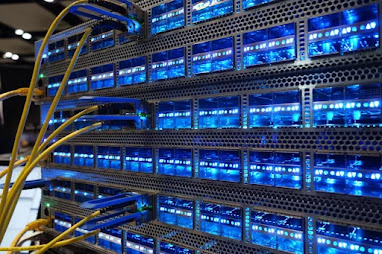Cisco is taking the wraps off an overarching architecture it expects will let enterprise customers manage and control its vast arsenal of networking hardware and software for years to come.
The Cisco Networking Cloud, unveiled at this week’s Cisco Live! customer event, will involve a broad range of software and cloud system integration and has as its ultimate, if somewhat vague, goal to converge networking platforms over time, culminating in a unified management platform that works on premises or cloud for improved visibility and enterprise automation, according to Jonathan Davidson, executive vice president and general manager of Cisco Networking.
“We are bringing together campus and branch, data center, compute, IoT, SD-WAN, and more. Cisco Networking Cloud binds the applications under Cisco Networking, including Meraki, ThousandEyes, and Cisco Catalyst to act as one. In addition, The Cisco Networking Cloud replaces isolated pockets of data with telemetry, assurance, and proactive analytics across the network,” Davidson said.
That single place will primarily be integration enabled through Cisco’s cloud-based Meraki dashboard, which can manage and troubleshoot a wide variety of devices and networks from a single screen or its on-premises DNA Center central management platform, now called Catalyst Center.
Cisco Networking Cloud is important as it addresses a substantial weakness, according to Andrew Lerner, vice president with Gartner. “From a product perspective, the biggest challenge for Cisco continues to be integrating existing and acquired products and teams into more cohesive solutions that enable enterprise clients to modernize their IT systems,” Lerner said.
“Skilled network engineers have traditionally preferred discrete, technical management interfaces that allowed them to dig deep into functionality when configuring and managing devices. Now there’s less time for that. Engineering teams are understaffed and overworked. So simpler, unified management experiences are essential. That’s what Cisco is aiming for,” McGillicuddy said.
Better visibility
In addition to SSO, Cisco said it will more tightly integrate the Meraki dashboard with its ThousandEyes network-intelligence gathering software. It will include the technology in its WebEx collaboration package as well as with Meraki MX security and SD-WAN devices to more easily monitor those environments to determine when user experience is less than ideal and to pinpoint failures.
“Adding ThousandEyes support to those environments means that we are adding over a million additional potential endpoints inside of the infrastructure to make it easier for customers to deploy and get visibility from,” Davidson said.
The company is also bolstering its Cloud Management for Catalyst package by adding the ability to troubleshoot and more easily manage Catalyst devices. Largely for monitoring those devices until now, customers will be able to do things like streamline packet capture and see the command line interface with the dashboard and troubleshoot problems, Davidson said.
The Nexus Dashboard will provide real-time and historical insights for power consumption of all IT equipment in their data center and estimate the energy footprint of their data center operations, Davidson said.
Visit Our Website : https://networking-events.sciencefather.com/awards/
Nomination Link : https://x-i.me/prinom
Registration Link : https://x-i.me/prireg2
Contact us : network@sciencefather.com
Instagram : https://x-i.me/net23m
Pinterest : https://x-i.me/net23p
#network #protocols #networkanalysis #networkmarketing
#networkswitch #networkdiagram #gigabit #bandwidth
#firewall #fiberoptics #topology #ethernet
#routing #scheduling #servers #bluetooth #webs




No comments:
Post a Comment